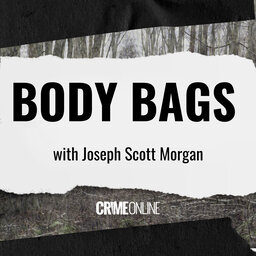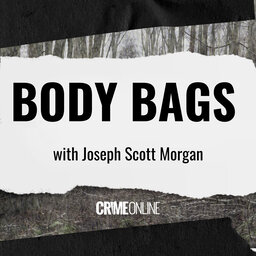Jack-in-the-Box Murder Mystery Becomes Fugitive Wife Murder Trial
Burned remains of a man found inside a foot locker and left in a blueberry field in Michigan were not identified for 13 years. In 2015 the case was called "The Jack-in-the-Box Murder because it was a catchy title. The remains were not identified until the Ottawa County Sheriff's Office received a tip in 2015 that gave them the information they needed to use dental records to identify the deceased as Robert Caraballo. Investigating Caraballo's life at the time of his death took investigators to the home he shared with his wife and stepdaughter. Joseph Scott Morgan will break down the forensics that brought this case to a conclusion and Dave Mack will help tell the story of how the Jack-in-the-Box Murder became The Fugitive Wife Murder Trial.
Transcript Highlights
00:00:44 Introduction of story a burned body in a trunk found in blueberry field
00:02:40 Talk about conspiracy and escaping to other side of the planet
00:05:28 Discussion of victim being alive with hammer stuck in skull
00:08:02 Discussion of injury caused by falling downstairs
00:12:34 Talk about how remains could not be identified
00:15:11 Discussion of evidence in hammer attack
00:19:49 Discussion of hitting head with a hammer
00:23:51Talk about how the skull breaks
00:28:19 Discussion of destroying a body
00:32:37 Discussion of “old school” identifying remains
00:35:15 Talk about the plan to push victim down the stairs, hit him with a bat
00:35:53 Talk about the conspiracy
00:38:01 Discussion of law in Italy for hotel guests
00:39:15 Discussion of cover-up
00:40:06 Beverly McCallum guilty on all charges
00:40:42 Talk about keeping a secret
 Body Bags with Joseph Scott Morgan
Body Bags with Joseph Scott Morgan


